Nintendo has kept the Zelda franchise going for decades—almost 40 years, in fact. In that span of time, we’ve been graced with dozens of games, though some admittedly feel like bunts rather than homeruns. With Tears of the Kingdom being a massive success, let’s take a look at the Legend of Zelda series and rank the games from worst to best.
Note: Due to the expansive nature of the Legend of Zelda series, spin-offs have been omitted from the ranking. This includes: BS The Legend of Zelda: Ancient Stone Tablets, Wand of Gamelon, Faces of Evil, Zelda’s Adventure, Link’s Crossbow Training, Hyrule Warriors, and Hyrule Warriors Legends.
The Best Legend of Zelda Games, Ranked
20. The Legend of Zelda: Phantom Hourglass (NDS)
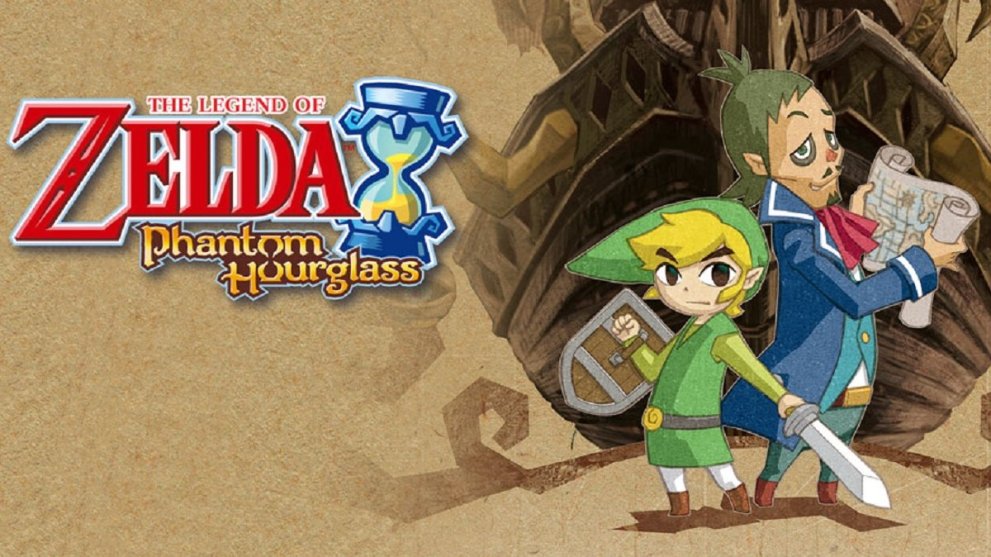
The Phantom Hourglass is not a bad game. You’d be hard pressed to find any bad Zelda game, really. But everything Phantom Hourglass does lend itself to wasting players’ time. The biggest blemish on this game’s record is the addition of the Temple of the Ocean King, a recurring dungeon that forces players to retrace their steps through its tired hallways over and over again.
It wouldn’t be much of an issue if the Temple were easy. The added time limit to each floor was a cheap way at building player tension as they raced through the temple halls searching for the exit, avoiding enemies and solving puzzles along the way.
Phantom Hourglass does manage to get some things right, though. The ability to customize the ship used to explore the high-seas of Hyrule (a mechanic introduced in Wind Waker) incentivized players to roam the seas looking for new parts. Yet, the introduction of a cool new system is once again met with frustration, because all the loot for your ship is dispersed randomly throughout the sea, making the exploration itself rather tedious.
19. The Legend of Zelda: Spirit Tracks (NDS)
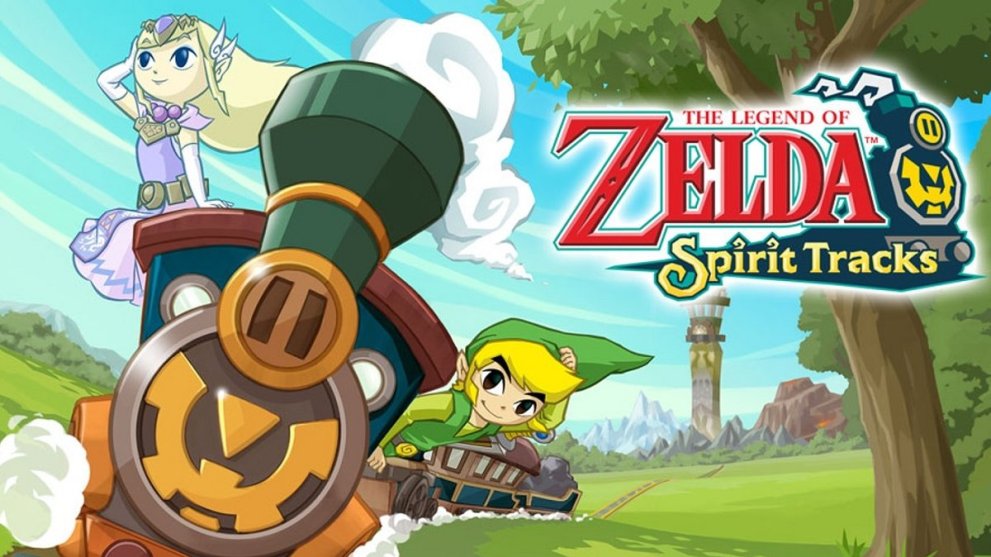
The franchise prides itself on exploration, discovery, and the ultimate quest of saving Hyrule. Spirit Tracks tries to lures players in with charm by mimicking the aesthetics of Wind Waker and Phantom Hourglass, but it fails to truly understand the series.
Spirit Trakcs forces players to follow the adventure the way the game sees fit, not the player, by literally forcing them to ride the rails of Hyrule to the next leg of their adventure.
However, not all is bad here at the back of the pack. Spirit Tracks manages to improve where Phantom Hourglass failed in the form of the Tower of Spirits. This recurring dungeon is a welcome departure from Phantom Hourglass’ Temple of the Ocean King and does okay by eliminating the need to retread old ground. Another area of improvement Spirit Tracks introduced over Phantom Hourglass is the streamlining of touch controls, making rolling and dodging enemy attacks much easier.
18. The Legend of Zelda: Skyward Sword (Wii)
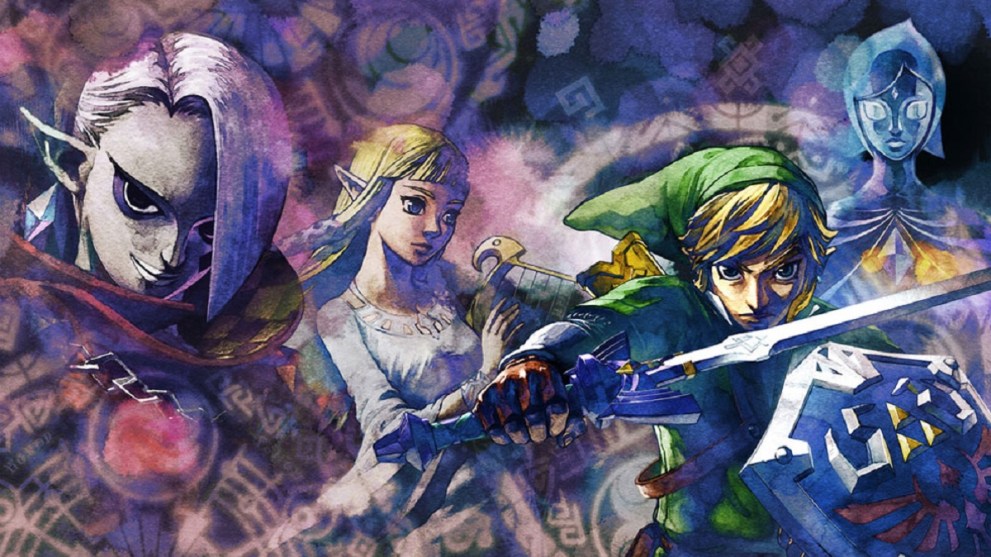
Skyward Sword is the first Zelda game to make full-use of the Wii’s capability with the new motion plus accessory. Players were no longer slaves to the pre-set moveset of Link’s past, rather, fights were made far more engaging. But, this freedom of combat led to some major issues.
The implementation of this feature led to the design of enemies who served as puzzles themselves. Enemy guards low? Strike high. That beetle have two protective spines on each side? Slice it down the middle. It’s a good design, but with one too many enemies, players were forced to slow down.
In fact, Skyward Sword does everything it can to turn you off from playing for the first few hours. Link’s far more agile than he’s ever been, giving him the ability to sprint and change directions on a dime. It actually felt good to move Link around the landscape, but once again, the introduction of a new mechanic came with a set of artificial problems.
From its opening, Skyward Sword does everything it can to take away control from the player by forcing them to sit through cut-scenes and carry out monotonous tasks. There’s a whole world out there to explore, and you’re stuck rescuing adorable animals.
17. The Legend of Zelda: Four Swords (GBC)
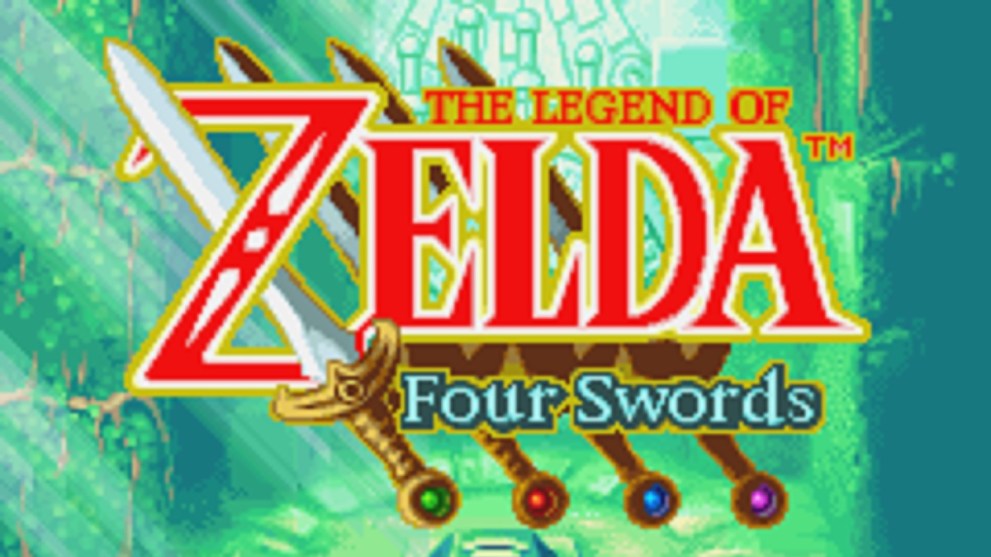
Leave it to Nintendo to make a cooperative-focused Zelda game boat-loads of fun. Nintendo lets its design chops shine in Four Swords in the form of player reward in a team adventure. By bestowing the player with the most rupees at the end of the dungeon with medals that can than be exchanged for useful items. The result is a room full of paranoid adventurers laughing maniacally at the chaos on screen.
Four Swords advocates players resorting to Machiavellian tactics. This devilish mechanic allows players to scheme throughout the course of their adventure, waiting for just the right moment to move in for a big steal or a harmless push-your-teammate-over-the-edge-of-a-cliff to reap all the sweet rupees your wallet can carry.
Good luck finding enough link cables for every player, though.
16. The Legend of Zelda: Four Swords Adventures (GC)
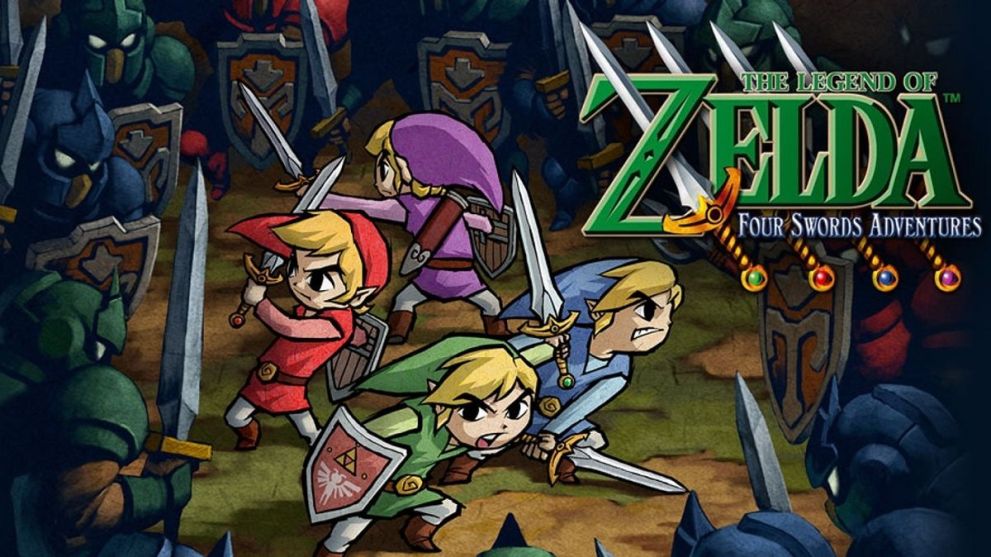
Iterating on the original Four Swords for Game Boy Advance, Four Swords Adventures takes player consideration into account by finally including something painfully missing from the handheld release – accessibility.
The ability to play through the entire game solo turns a wacky party game into an “Adventure Part Manager 2004” simulator, where players are forced to approach their battles and puzzles by cycling through the various Link’s onscreen.
Those looking to play the game with friends may need a bit of fortune on their side. If you thought link cables were hard to come by, try finding three friends with GBAs and the GBA to Gamecube link adapter.
15. The Legend of Zelda: Tri Force Heroes (3DS)
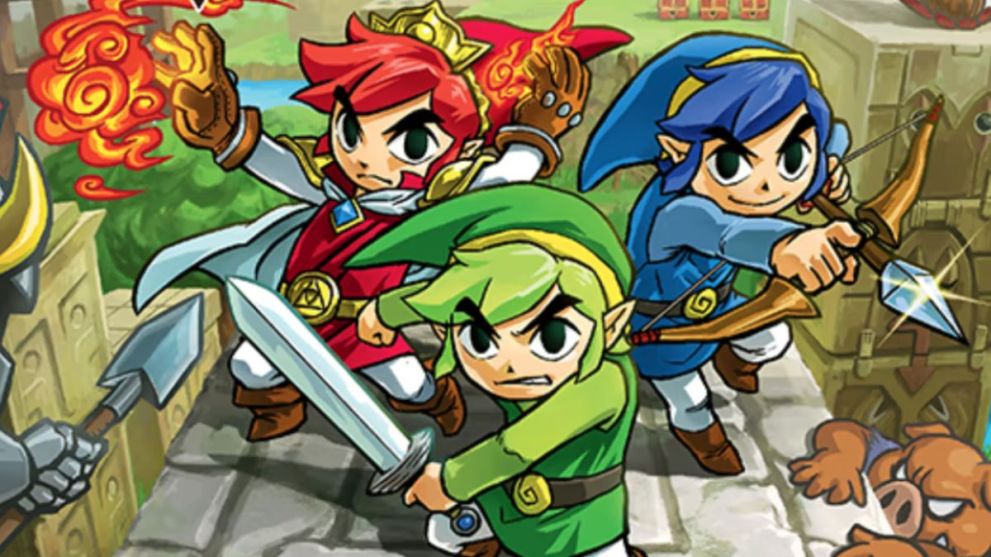
Rounding out the list of cooperative Zelda games is Tri Force Heroes. This recent addition to the franchise observed the sins of cooperative games past, and brings Zelda into modern game design by finally allowing players to quest together through online gameplay. Not only did Tri Force Heroes eliminate the need for the mythical link cables, it also featured a deeper implementation of co-op mechanics.
One example of design choice is the beginning of any dungeon. Three adventurers wander into the item room and are presented with the tools needed to make their way through the dungeon successfully. One player sprints for the bombs, one reluctantly grabs the gust jar, and the final player decides to run security for the rest of the team. The players are then forced to work together to make this unlikely union work.
See that switch over there? The player with the bomb tosses an explosive as far as he can, but the trajectory leaves the bomb painfully short of its goal. That’s where the gust jar player comes in handy. That player runs to blow the bomb onto its goal, but an enemy stands in the way – or at least did. But fortunately for the rest of the team, the security player did their job. Together, you solved the room’s puzzle and continue deeper into the perilous dungeon. That’s teamwork.
14. Zelda II: The Adventure of Link (NES)
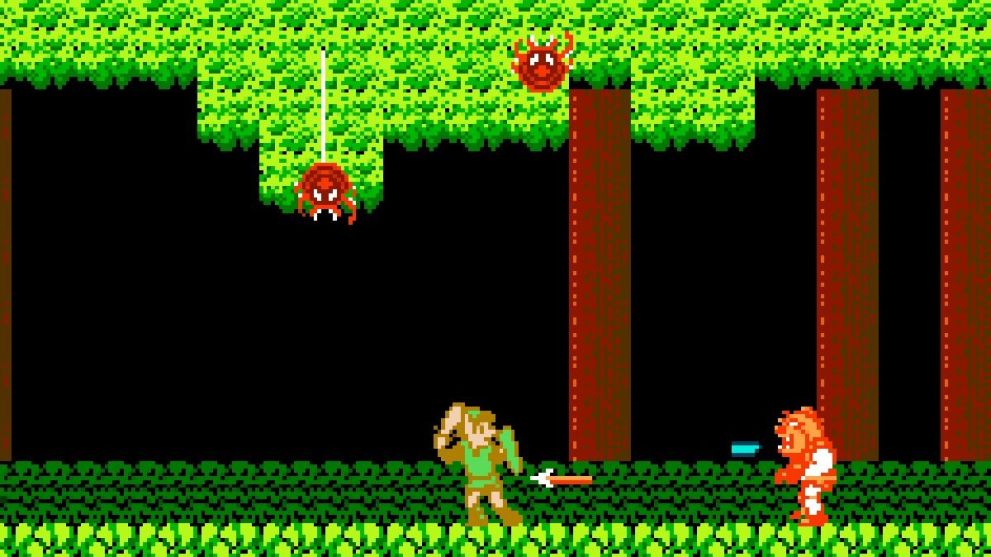
The Adventure of Link gets far too much unnecessary hate, and is often considered the black sheep of the franchise for its use of side-scrolling rather than top-down design. Is that a fair criticism, though? It was only the second game of the series, so mechanics weren’t quite established just yet. If you accept that, what you’ll experience is a game that relishes in hellishly difficult combat and a fair bit of exploration.
Much like the game that came before it, Adventure of Link inserts you into the world with the simple task of saving Princess Zelda. After that, you’re on your own. What follows are hours of wandering the world map, entering combat zones and towns to wage war against the forces of Ganon.
When you’re actually thrust into battle, the game transforms from the top-down perspective and places Link in a 2D side-scroller where you’re forced to fight for your life using all the tools of destruction at your disposal. For once, combat became a game of strategy, not mindless sword swinging (except when it works).
13. The Legend of Zelda: Oracle of Seasons (GB Color)
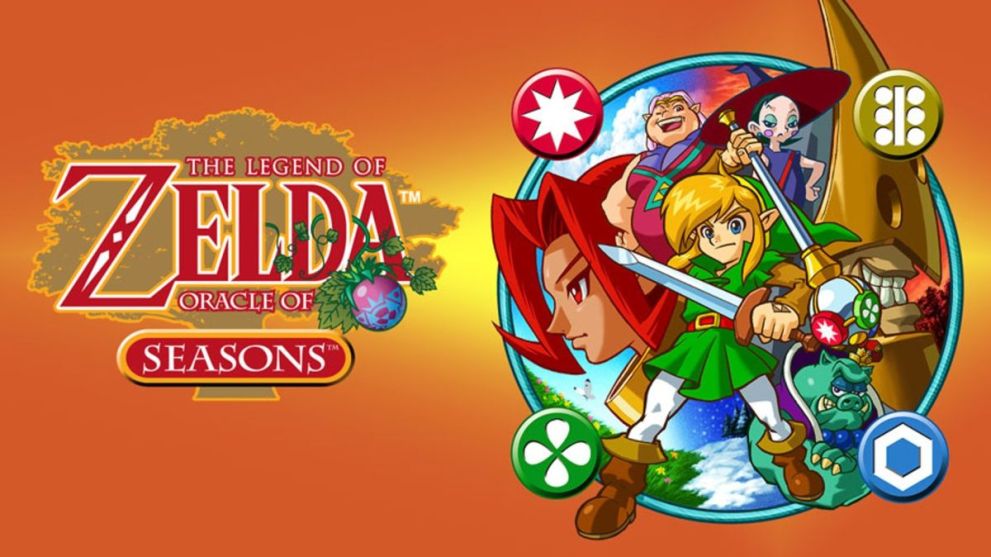
Oracle of Seasons originally released for the Game Boy Color after the success of Link’s Awakening. Season’s attempts to expand on Awakening by giving players control over the seasons of the land. This mechanic breathed new life into the classic Zelda overworld by ostensibly giving Link the ability to explore four different types of terrain on the same screen, each with its own traps and enemies.
Changing seasons was easy. Simply hop on a magical stump and swing the Rod of Seasons, and behold the transformation surround you. Dying leaves give way to snow in Winter, the dead tundra makes way for life in the Spring, lake beds and rivers are sucked dry in Summer, and lush trees return to crumbing stumps in the fall. Easily some of the finest sprite work on the Game Boy Color at the time of release.
12. The Legend of Zelda: Oracle of Ages (GB Color)
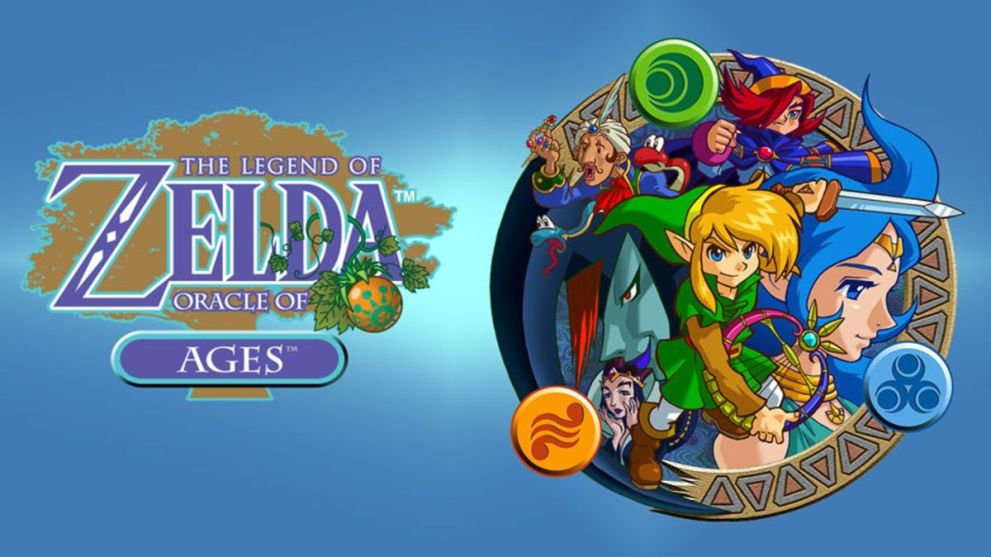
The partner release to Oracle of Seasons, Oracle of Ages gives Link the ability to travel through time. Much in the same way Seasons emphasized a lively environment, Ages actively seeks to add meat to side quests. The back and forth through time sees Link help out various citizens through the ages, their quests never reaching fruition until you’ve helped their family throughout time.
The time-hopping mechanic also brought with it changes to the environment that allowed players to play with the butterfly effect. Destroying a wall may reveal an empty cave, but in the future, some strange inhabitants took interest in the newly renovated cave. This cause and effect gameplay made it one of the finest portable adventures to date.
11. The Legend of Zelda: Minish Cap (GBA)
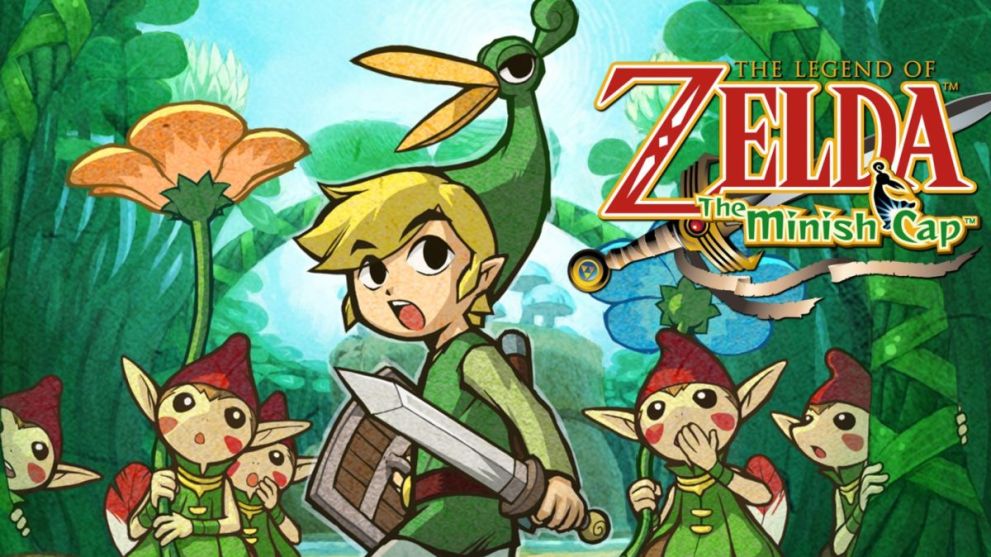
Minish Cap is what happens when some of Link’s finest adventures are delegated to portable consoles. This perfect mish-mash of the top-down handheld Zelda games combined with the depth of a console Zelda combine to form of one of the finest entries in the franchise.
Much of the beauty in Minish Cap comes from the game’s incorporation of the hidden world under everyone’s noses. Using the power of the Minish Cap, players can shrink Link down to microscopic proportions, forcing him to make his way through perilous dungeons that can fit in the palm of someone’s hand.
Much of Minish Cap’s charm comes from seeing how the adventure progresses through seemingly innocuous landscapes. A tiny trickle of water in the grass transforms into the size of a perilous rive that must be navigated with caution and daring. After Minish Cap, Hyrule can never be looked at the same way again.
10. The Legend of Zelda (NES)
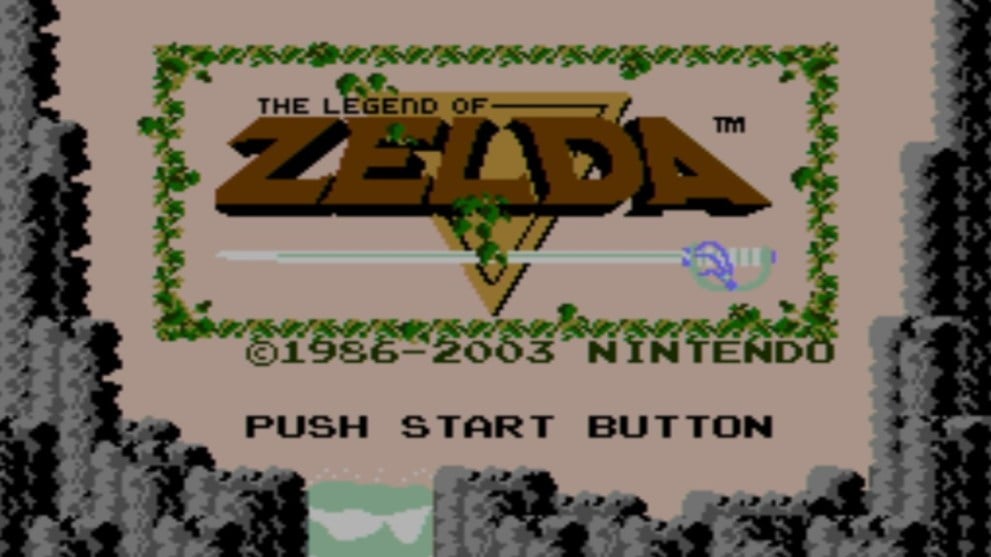
The original Legend of Zelda game kicked off a cherished legacy of some of Nintendo’s finest games. To this date, it remains the purest form of Zelda with an emphasis on exploration over structure. That remains both its biggest blessing and curse.
The open nature of the game gives players complete control of the adventure, allowing them to wander wherever their curious souls guide them, but this hands-off approach treads the fine line between keeping players actively vested in their quest and forcing them to quit the game in frustration over the lack of direction.
Regardless, there’s a reason why the franchise has be going on for so long. The original Legend of Zelda was a goldmine of untapped potential, just waiting for some touches that turn a great game into a fantastic one.
9. The Legend of Zelda: Twilight Princess (Gamecube)
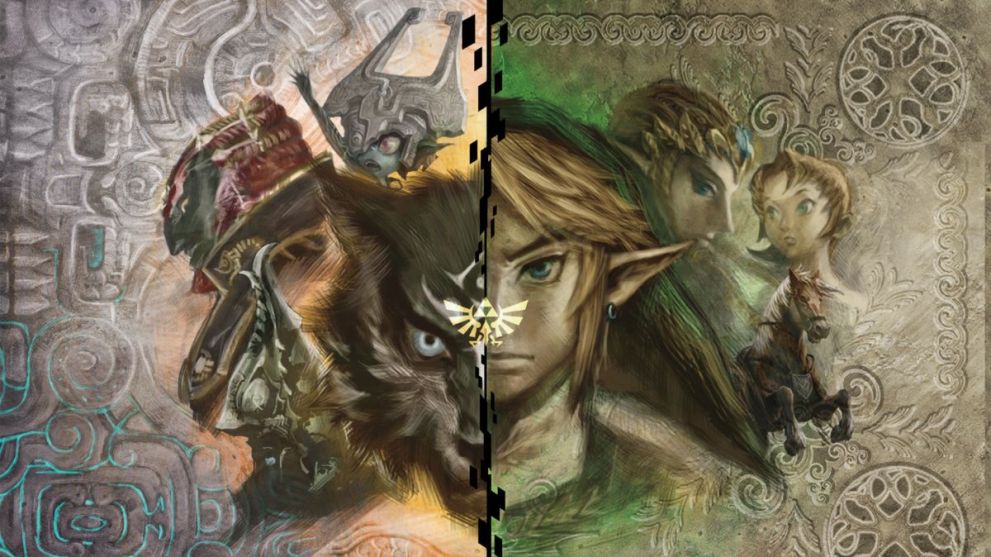
Twilight Princess is not a bad game. In fact, it’s a great game with a painfully slow beginning. For veteran Zelda players, the opening few hours of Twilight Princess are among the most dull in the series’ history. But patience, as they say, is a virtue.
Players willing to push through the slow open are met with the finest dungeons this title has seen. Each and every one of Twilight Princess’ dungeons are full of innovation, intrigue, and challenges meant for seasoned players.
Twilight Princess is also a game with personality, albeit, a dark, brooding one that sees Link’s maturation as a warrior. Unlike previous entries, Link is decidedly more grown up without becoming melodramatic and moody – restraint that serves the franchise well.
8. The Legend of Zelda: Link’s Awakening DX (GB Color)
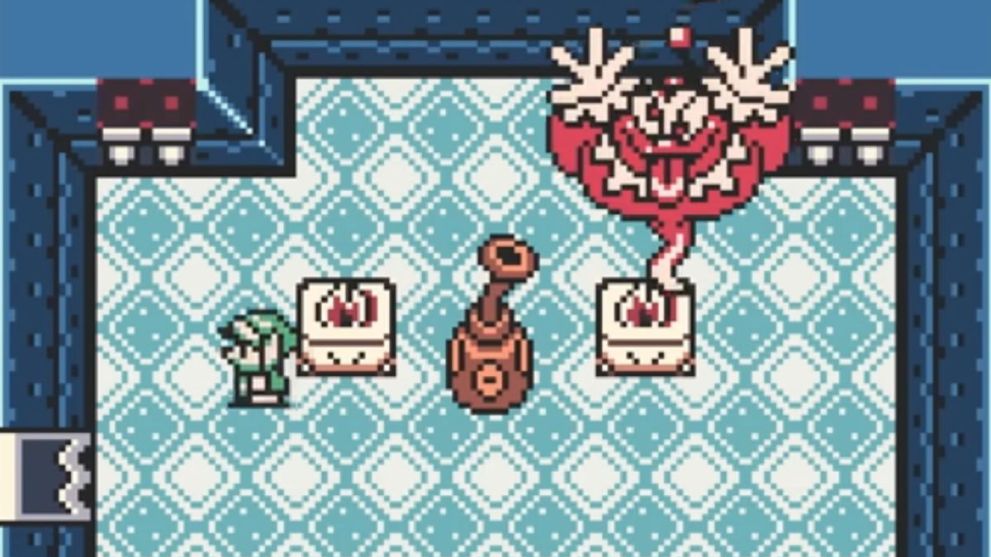
Link’s first foray into the handheld space couldn’t have been met with greater results. Link’s Awakening is the definitive Zelda console experience in the palm of your hands. With many design choices influenced by Link to the Past, Link’s Awakening draws in players looking to have their Zelda itch scratched.
The overworld remains one of the finest in the series to date, allowing players to explore a harsh desert, mysterious forest, perilous mountain range, and many more fantastic locales. Link’s Awakening also introduced the idea of side quests to the Zelda series with it’s trading sequence that would later go on to influence the design direction of the Oracle games.
Unfortunately, handheld Zeldas peaked early, the later releases doing nothing more than chase the crown placed firmly on the head of Link’s Awakening. Other game’s have gotten close, but sadly there’s only one other contender for handheld King.
7. The Legend of Zelda: Ocarina of Time (N64)
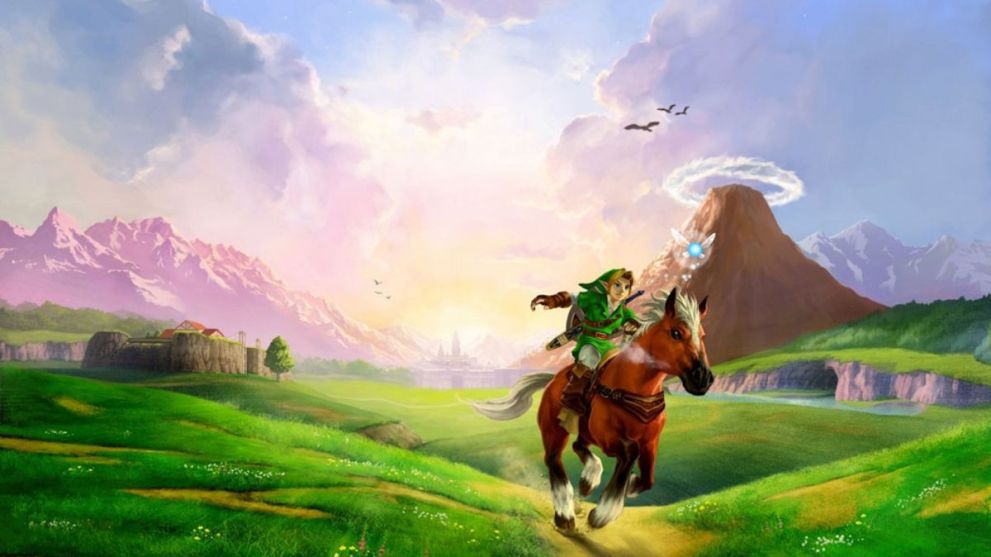
Upon its original release, Ocarina of Time shook the very foundations of the gaming industry by bringing the Legend of Zelda series into 3D. With the introduction of Z-targeting, it gave players an even footing when waging war in three-dimensions. At least at first, but Z-targeting would later prove to be one of the game’s biggest detriments.
Unlike other Zelda games, Ocarina of Time has an inordinate number of enemies who are fought and killed the same exact way. The enemy will attack, guard, and then reveal its weakness for a brief period of time allowing players a chance at a fatal strike. But admittedly, there is one enemy in particular that stands out as one of the finest enemies to be introduced in a Zelda game up to this point: the Darknut.
Darknut allowed the estrange relationship of exploration and battle to meet for a saucy rendezvous that actively kept players aware of their surroundings and forced them to bring their best foot forward in battle. He could parry, riposte, and was also on the offensive. Area awareness during Darknut battles comes in the form of pillars that dot the battle arena, housing hearts to replenish damaged sustained in battle. These types of encounters should’ve been used far more liberally throughout the entirety of the game, forcing players to master the new battle mechanics.
Ocarina of Time is still a fantastic game, but a majority of the game is dedicated to time spent waiting. No one wants to wait when there’s adventuring to do. Not even the hero with time on their side.
6. The Legend of Zelda: The Wind Waker (Gamecube)
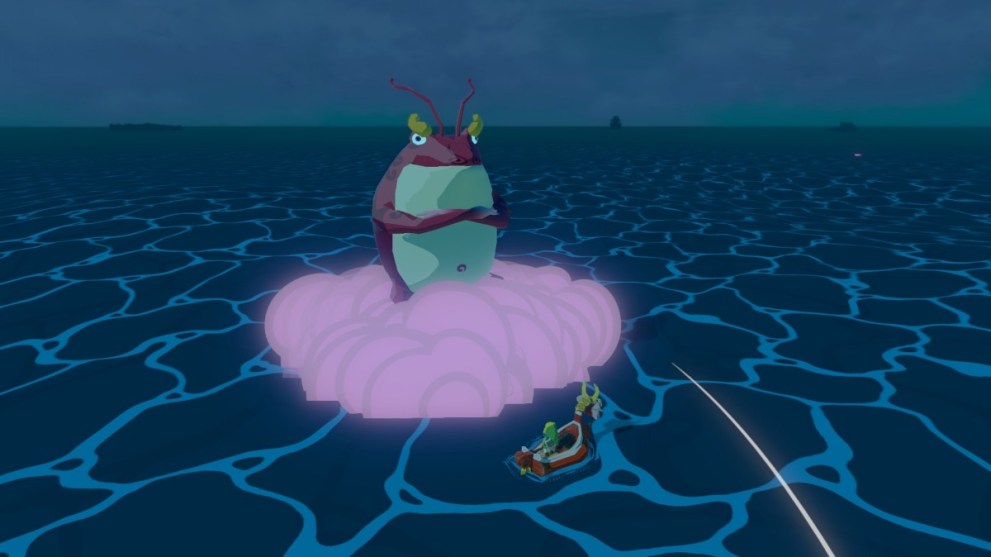
When Wind Waker was originally revealed, fans met the game with hesitation. What the heck happened to the mature Link Nintendo had promised earlier? But then players got the chance to play this “childish” game, and were floored.
Link’s latest adventure adventure was decidedly cartoony in both style and tone and saw Link exploring the high-seas on a trusty new boat. Wind Waker also marks the first time combat in Zelda was visceral, despite it’s childish nature. The added ability to counteract enemies kept players on their toes, and kept the waiting during combat (introduced in Ocarina) to a minimum. This addition helped battles evolve naturally, forcing players to read their enemy and strike accordingly.
Other welcome additions to Wind Waker included a loot system that added more incentive to hunting enemies in the search of more trinkets. Though, the high demands of said loot did nothing more than to artificially drag out the game in a monotonous way.
Above all, Wind Waker made exploring fun again. Sailing through the high-seas of Hyrule brought with it a sense of wonder and mystery. What sorts of ominous things lay below the surface? Meanwhile, above sea-level was a different story entirely. Charting the seas yourself as you discovered new islands containing treasure, powerful enemies, or a new minigame.
5. The Legend of Zelda: A Link to the Past (SNES)
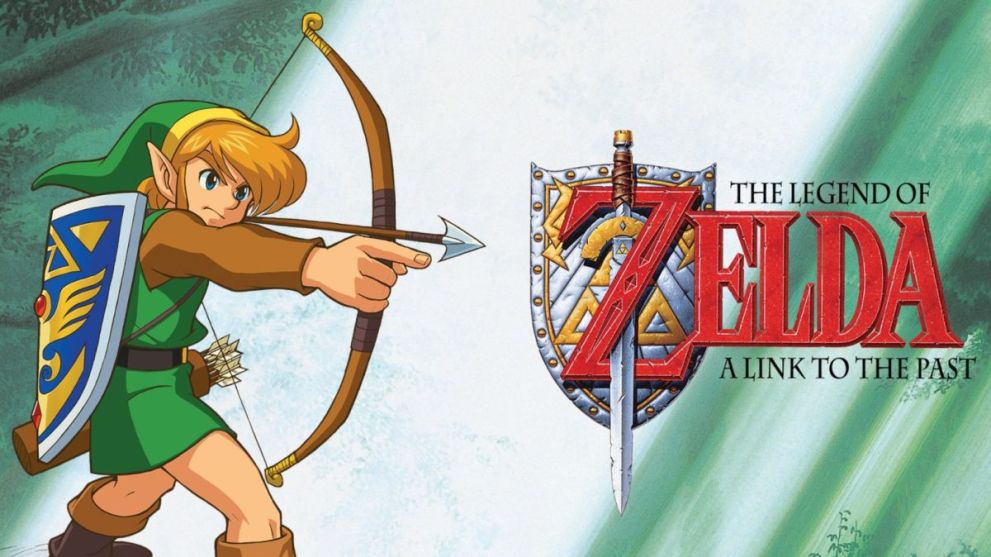
A Link to the Past fully understands what makes Zelda so special, then it twists that expectation on it’s head, providing players with one the finest Zelda game ever made. The open world-esque overworld design encourages players to poke around and explore all of Hyrule’s nooks and crannies. Dedicated players are met with ample reward, like Heart pieces and new equipment, many of which changed the way players approach enemy encounters.
While the original Legend of Zelda allows players to fully explore the world to their hearts’ content without any guidance, Link to the Past does hold players’ hands. But this linearity serves the game in a way that prevents frustration from a lack of progress, thus ensuring players never spend too much time doing something they dislike.
Streamlined gameplay combined with interesting enemy encounters, challenging puzzles, and Dark World Hyrule make this Legend of Zelda game an adventure of a lifetime.
4. The Legend of Zelda: A Link Between Worlds (3DS)
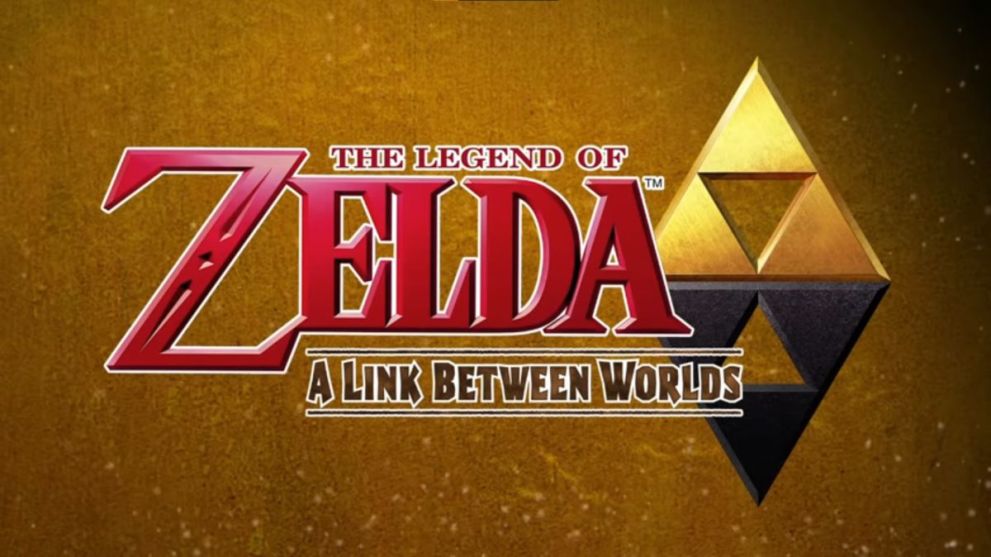
Despite the generic art direction of the game, A Link Between Worlds is the perfect direct-sequel to Link to the Past for a number of reasons. The uniting theme to these reasons is change. A Link Between Worlds marks the first time Nintendo has overhauled classic Zelda completely.
The ability to rent and purchase equipment allows the player to gamble with how they play the game. Rupees actually serve a purpose in the end-game, something that was always an afterthought in earlier titles. This open policy for equipment gives players the opportunity to explore the lands of Hyrule and Lorule at their own pace. By breaking free from the chains of sequential dungeons, Nintendo managed to invoke the freedom of exploration that hearkens all the way back to the original Legend of Zelda.
The blend of old and new make a trek through Hyrule fresh and exciting while simultaneously bringing a nostalgic surge of joys to those familiar with the previous game. And the immediate ties that relate A Link Between Worlds to A Link to the Past help subvert the traditional Zelda storyline in some interesting ways, including an interesting cameo.
3. The Legend of Zelda: Majora’s Mask (N64)
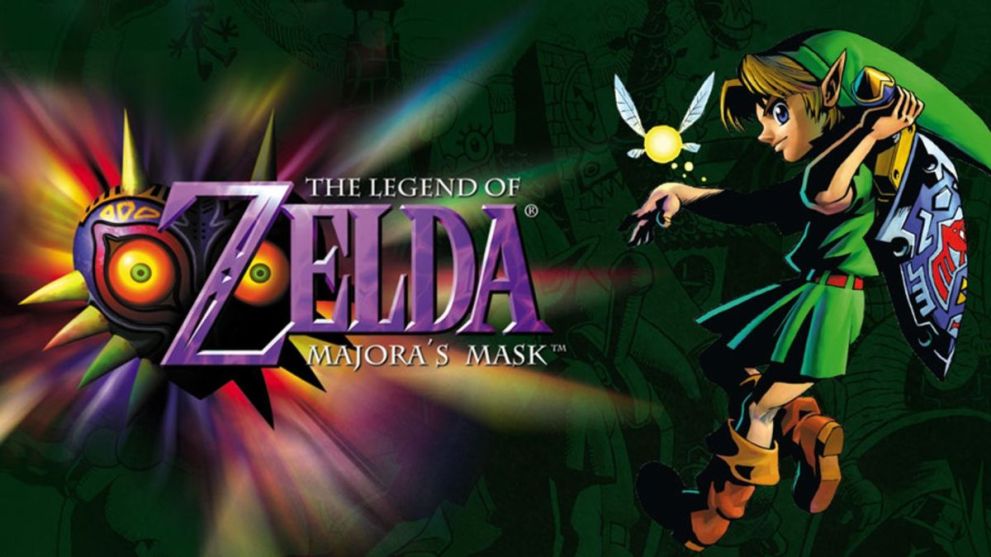
Improving upon Ocarina of Time in every way, Majora’s Mask was the breath of fresh air the series needed by twisting the exploration formula on its head and introducing the the time limit. Regardless of how you felt about the three day framing device, it forced players to explore the land of Termina with a sense of urgency, and in doing so, allowed them to experience sidequests with actual stories. Small stories that have a real beginning, middle, and end.
Ironically enough, by restricting the amount of time players had in their current game cycle, it forced players to choose events they wanted to tackle, whether it be a main quest dungeon or helping to reunite two star-crossed lovers. Unlike Phantom Hourglass, this added time limit complemented the structure of the game.
The introduction of Masks serve as greater incentive to perform side quests. Instead of being rewarded with a piece of heart or wallet upgrade, side quests gave players access to new masks which changed the gameplay in fundamental ways: the ability to run super-fast, equip a wearable bomb, or even walk among the dead unharmed. It all made exploration all the more enjoyable.
What’s most impressive about Majora’s Mask is the somber tone that underlines the cheerful surface layer. Majora’s mask is a game about loss and tragedy – a major departure for the franchise. It gave it a surreal layer of symbolism, keeping players on the edge of their seats.
2. The Legend of Zelda: Breath of the Wild (Switch)
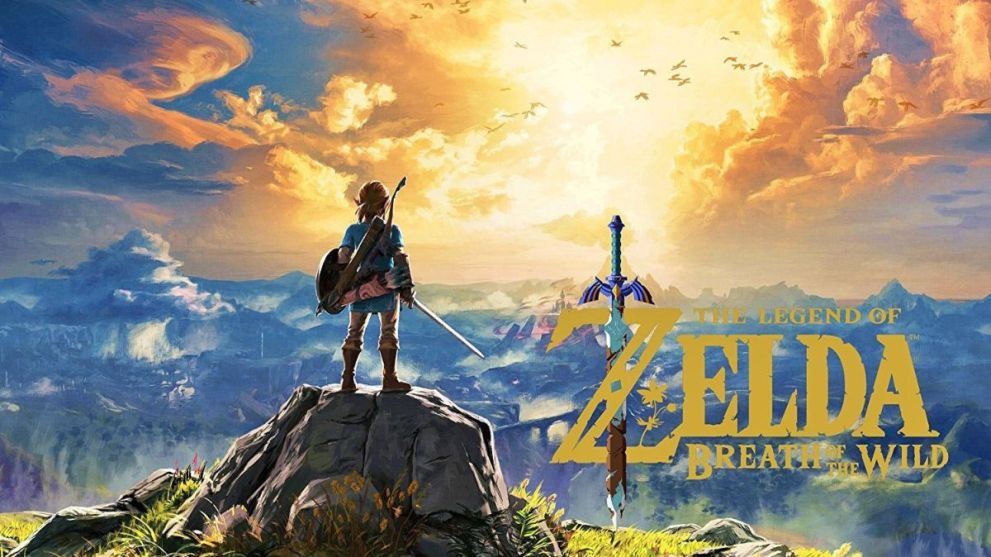
Every now and then, a Zelda game comes out that drastically changes the way players interact with the world while still maintaining the fundamentals of combat and exploration. Ocarina of Time, Wind Waker, A Link Between Worlds—any one of these titles has shaken up the formula in new and exciting ways. But then there’s Breath of the Wild, which took the series to open-world.
It wasn’t just the experience of a massive, expansion world, but the feeling of freedom without some annoying companion tapping your shoulder or halting your adventure. Where past titles held your hands, Breath of the Wild let’s you free fall and says “Figure it out.”
First off, the game gives you a suite of tools, like magnesis (controlling metal) and the stasis rune (controlling time). There are several others, but rather than dole them out as dungeon rewards, you unlock these abilities at the start of the game. That way, you’ll always have the solution to a puzzle on hand, but it’s on you to discover how the pieces fit.
Secondly, the world of Hyrule is simply a fascinating world to explore given its much larger scale. You’ll find plenty of ancient ruins, shrines, tough enemies, and weapons and armor.
1. The Legend of Zelda: Tears of the Kingdom (Switch)
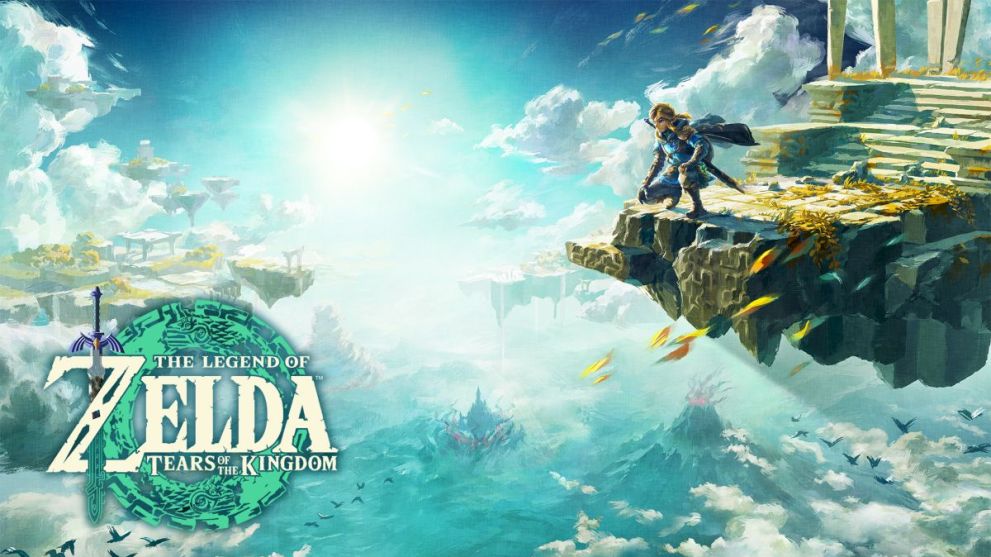
If you thought Breath of the Wild was great, Tears of the Kingdom is somehow even better. By building on what Breath of the Wild started, the sequel righted many of its predecessor’s shortcomings. More importantly, TotK introduced multiple layers of exploration as well as new puzzle-solving tools that makes it feel like an immersive sim more than anything else.
Gone are the old abilities, replaced with new ones like Fuse, Recall, Ultrahand, and Ascend. Want to travel in style and speed? Build a makeshift car. Having trouble reaching an island? Chop a tree down and strap a Zonai fan to it. With how you’re able to interact with the world, there’s a very good chance your method was drastically different from someone else’s.
Then there’s Hyrule itself. In BotW, exploration could get stale. The density of points of interest didn’t quite match the size of Hyrule, but TotK fixed it. There are caves to find, sky islands, and a vast and dangerous underground area called the Depths.
In other words: Tears of the Kingdom sets the bar for future Zelda games moving forward.

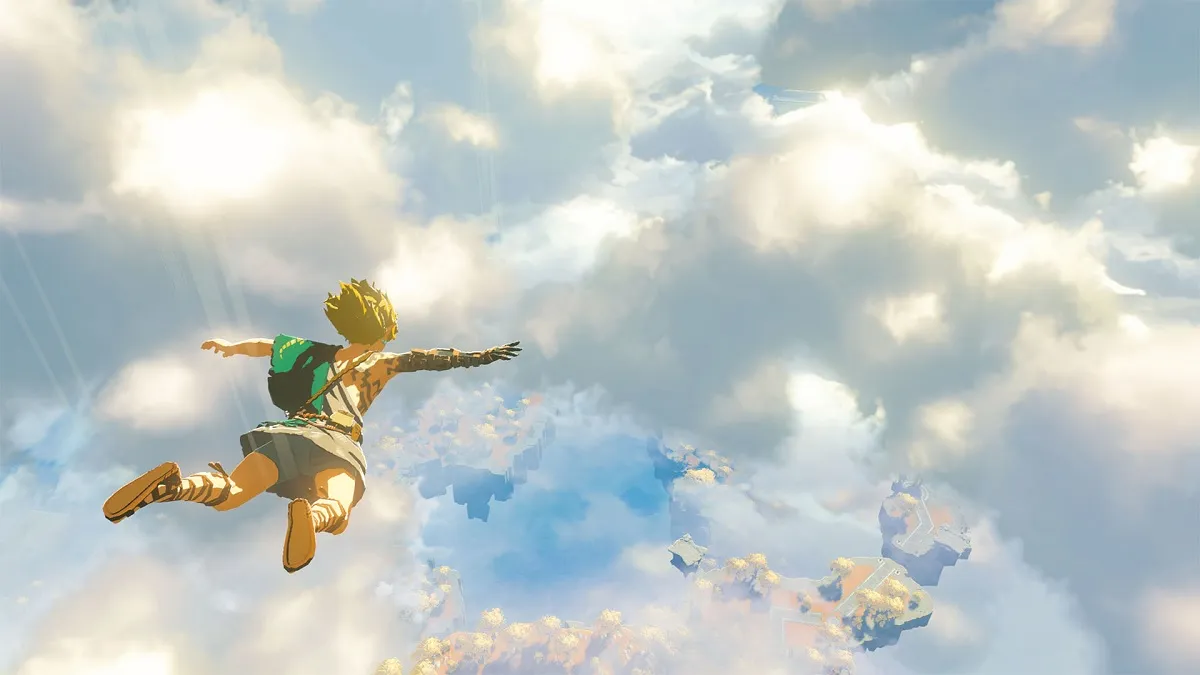


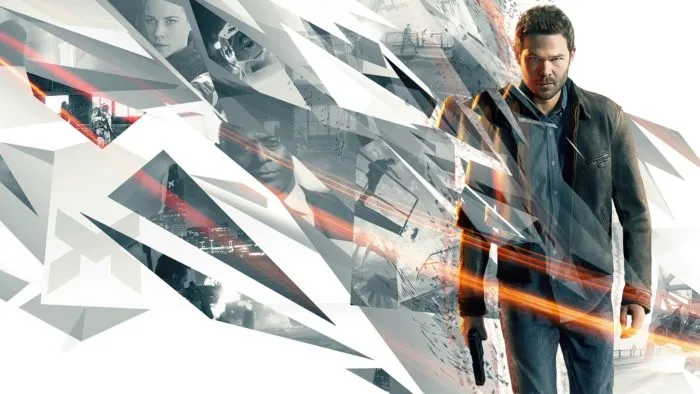
Published: Jul 30, 2023 06:47 pm